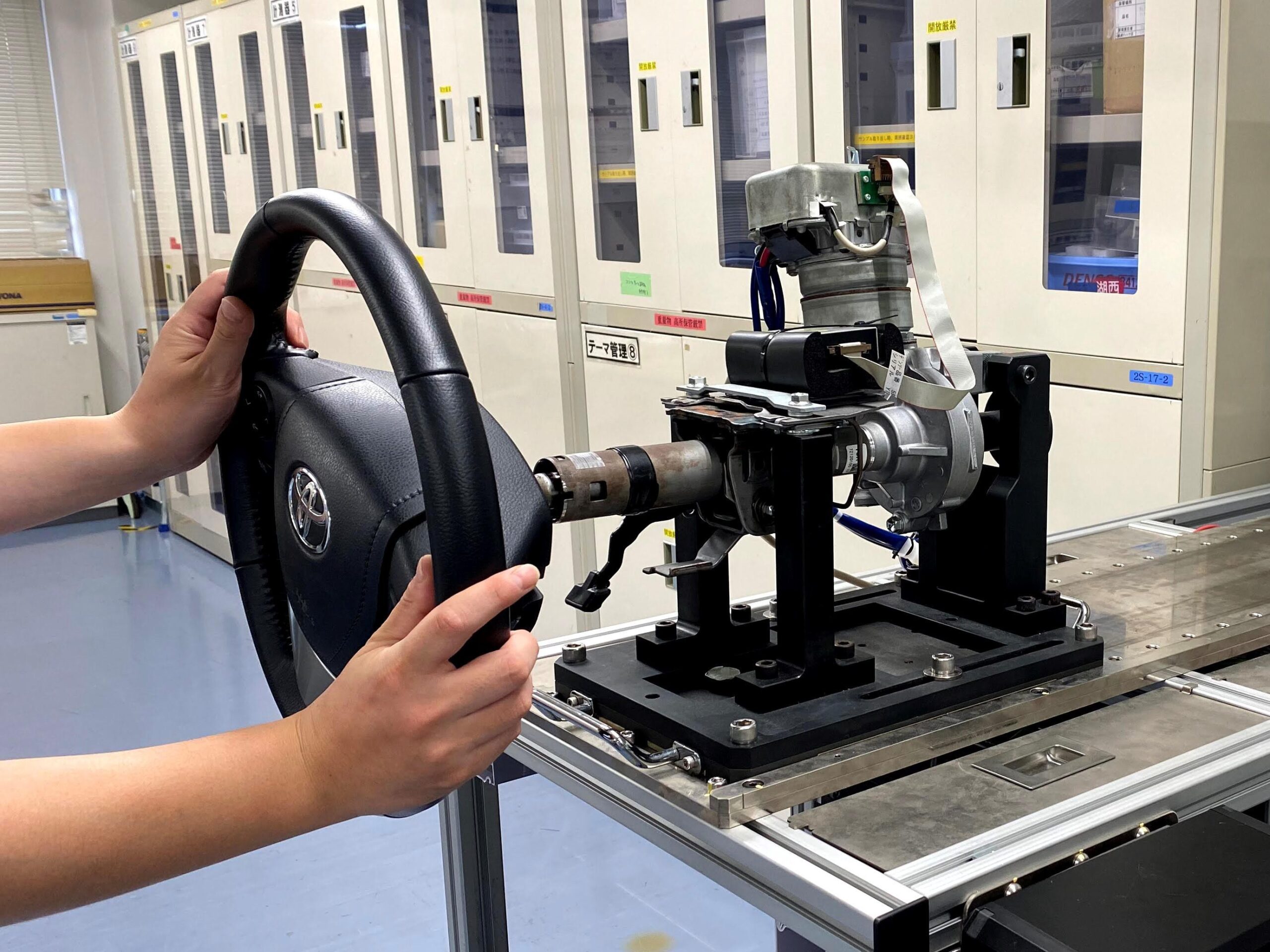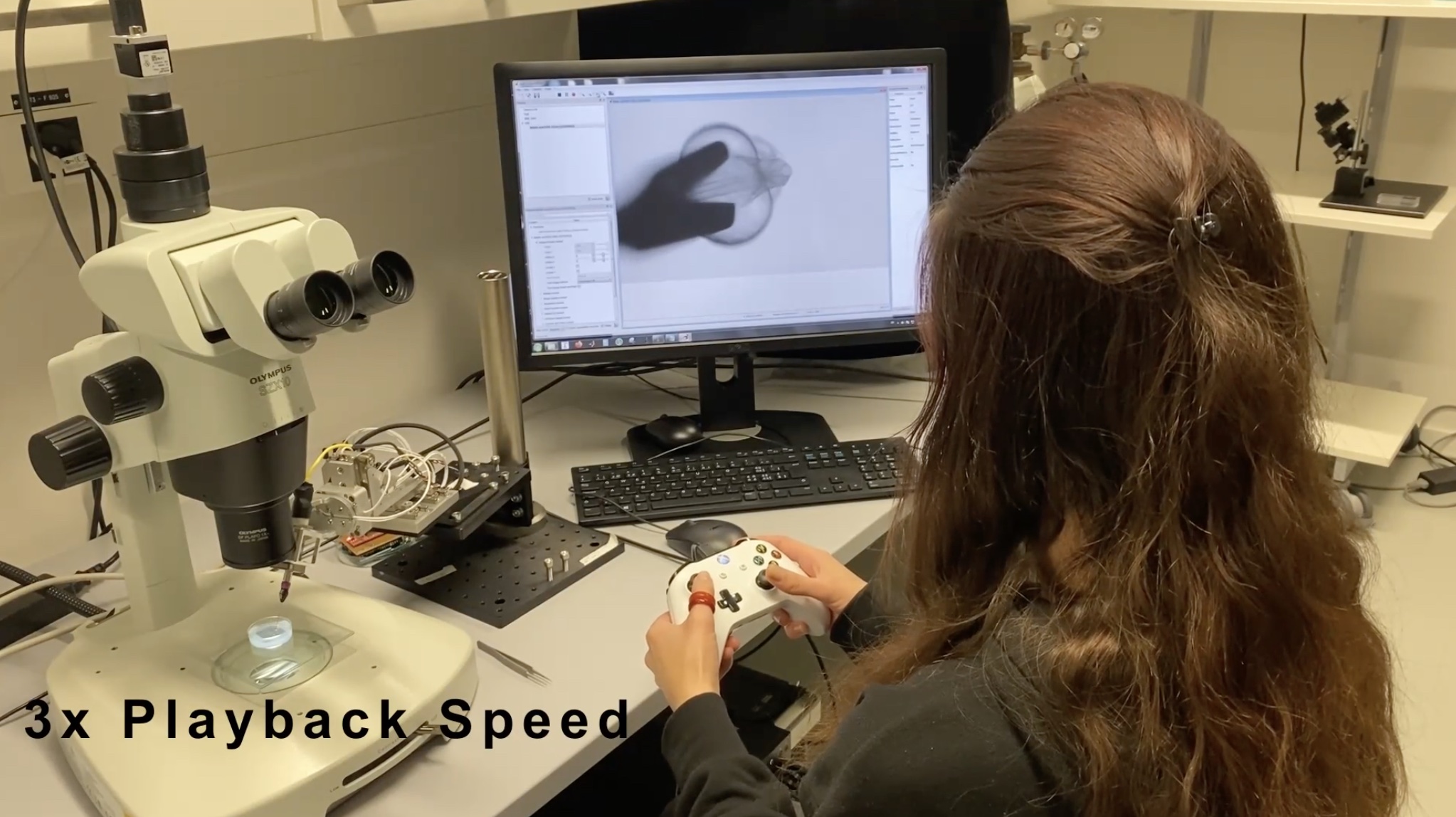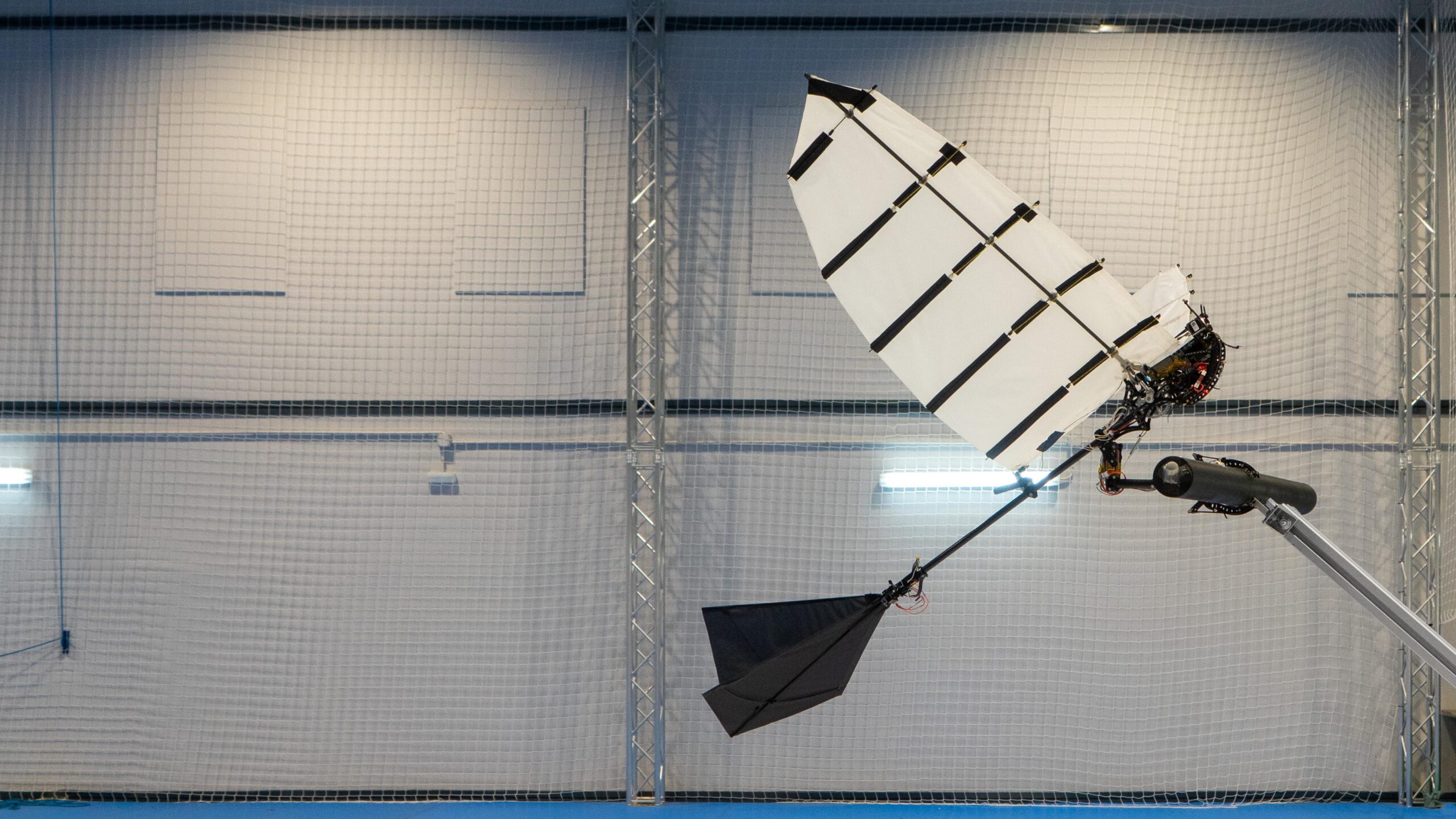Science of Intelligent & Complex Systems
The merging of the virtual and physical worlds through the development of intelligent systems, wearable technologies, robotic co-workers, smart devices, drone technology, augmented reality, intelligent houses, and artificial intelligence, is impacting engineering. Our School is developing state-of-the-art methodologies that enable autonomous systems with applications to manufacturing, healthcare, energy, transportation systems, education, safety, and privacy.

Related news

Autonomous steering system keeps human drivers engaged
Researchers from EPFL and JTEKT Corporation have developed an automated driving system based on the concept of ‘collaborative steering’, which aims to increase transportation safety, efficiency, and comfort by encouraging active interaction between autonomous vehicles and their human drivers.

A robotic microsurgeon reveals how embryos grow
EPFL scientists, including Selman Sakar of the School of Engineering, have built a robotic microsurgery platform that can perform high-precision, micrometer-resolution dissections to advance our understanding of how the vertebrate body forms during embryonic development.

Researchers develop winged robot that can land like a bird
Researchers at EPFL and the University of Seville have developed a method that allows a flapping-wing robot to land autonomously on a horizontal perch using a claw-like mechanism. The innovation could significantly expand the scope of robot-assisted tasks.
Related news
-

Researchers from EPFL and JTEKT Corporation have developed an automated driving system based on the concept of ‘collaborative steering’, which aims to increase transportation safety, efficiency, and comfort by encouraging active interaction between autonomous vehicles and their human drivers.
-

EPFL scientists, including Selman Sakar of the School of Engineering, have built a robotic microsurgery platform that can perform high-precision, micrometer-resolution dissections to advance our understanding of how the vertebrate body forms during embryonic development.
-

Researchers at EPFL and the University of Seville have developed a method that allows a flapping-wing robot to land autonomously on a horizontal perch using a claw-like mechanism. The innovation could significantly expand the scope of robot-assisted tasks.
